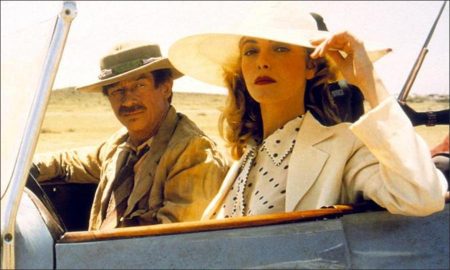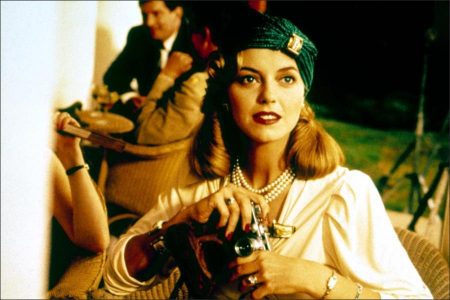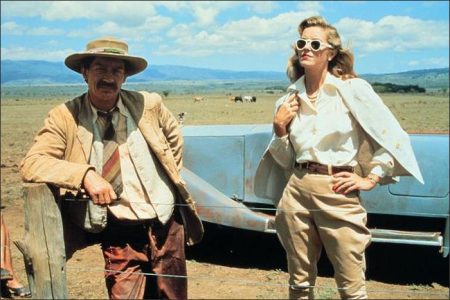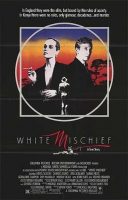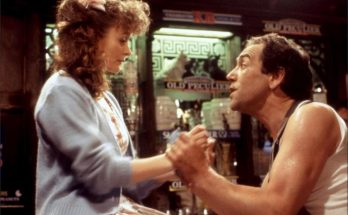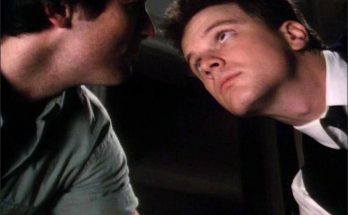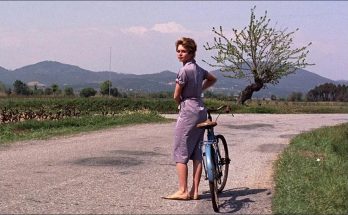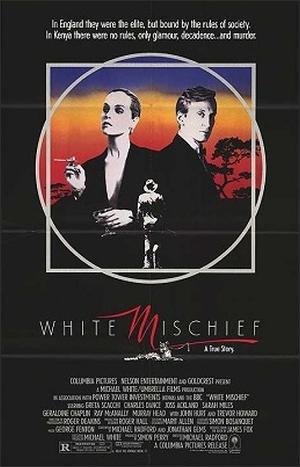White Mischief movie synopsis. A millionaire past his prime and his young wife arrive in Kenya circa 1940 to find that the other affluent British expatriates are living large as the homefront gears up for war. They are busy swapping partners, doing drugs, and attending lavish parties and horse races. She begins a torrid affair with one of the bon vivants, and her husband finds out and confronts them. The husband and wife decide to break up peacefully, but the bon vivant is murdered and all the evidence points to the husband.
White Mischief is a 1987 British film dramatizing the events of the Happy Valley murder case in Kenya in 1941, when Sir Henry “Jock” Delves Broughton was tried for the murder of Josslyn Hay, Earl of Erroll. Based on a book by the Sunday Times journalist James Fox (originally researched with Cyril Connolly for an article in December 1969),[3] it was directed by Michael Radford.
Film Review for White Mischief
The movie White Mischief begins with lines introducing the movie-goers to the situation of November 1940. At the peak of the Blitz. Every night wave after wave of Nazi bombers brought death and destruction. But the British people stood firm, determined to hold out at any cost. In Contrast to this heroic introduction, the first images of White Mischief are supposed to show the decadence of the British upper class.
Fighter aircraft fly over the roof of a manor house. Lord Henry “Jock” Broughton (Joss Ackland) walks down the stairs leading to his garden. He tells his tax advisor that he wants to sell the estate and move to Africa. His consultant advises him against it since landed property is the best investment in war times. The elderly Lord Broughton replies: And if we lose the war, have you ever thought about that? Then, beautiful and young Diana (Greta Scacchi) approaches them riding a horse.
The same evening, Diana tells her friend Hugh (Hugh Grant) that she loves elderly men because they have more money. Later, in an underground shelter she proposes a toast to the lions, tigers and rich men to be encountered in Africa (as Lord Broughton’s wife). Hugh replies that there are no tigers but “ostriches, baboons and hyenas” – more than a “hint” by director Michael Radford towards the people Diana is about to encounter in Kenya. She also drinks to her – future – honesty (wishful thinking?).
With a few words and scenes, Michael Radford explains the story’s context, introduces the protagonists and their motivations. The following scenes taking place in Kenya are in the same style. British are playing polo in 1940 – the year Europe is ravaged by war. Again, the decadence of the upper class – and especially of the so-called Happy Valley Clique which is famous for its erotic games – is highlighted.
Jock says he came to Kenya because there he can better serve England. Of course, in reality, he escapes from war and responsibility. He wants to set up a farm in order to supply the British army – a “civic enterprise” or a money-making machine. A drought will later put an end to these dreams which were an illusion from the beginning since the climate is inappropriate for such an enterprise.
Jock will later become bankrupt but before that happens, his wife (a convincing Greta Scacchi) has a love affair with the British officer Errol (Charles Dance in one of the best roles of his career). Errol is the irresistible playboy of the Happy Valley Clique. Diana is no exception and falls under his charm. But in fact both are in love and they do not hide it. Jock gets an anonymous message, probably from a former lover of Errol: “There’s no fool like an old fool”. By the way, already in the first scenes which take place in Kenya, Diana responds to the indiscreet question of a friend (Geraldine Chaplin) by saying that she only has sex with Jock from time to time.
In a talk with his “friend” Erroll, Jock begs him to end the affair. Errol reminds Jock of himself as a young man. The officer, with an arrogant expression in his face, answers: “Really?” First, Jock thinks about moving to Ceylon with Diana but then, he seems to put up with the situation and ready to set Diana free.
The story is based on the novel White Mischief by James Fox whose book, in turn, relies on true facts. On January 24, 1941, an officer (Errol in the film) was found shot in Kenya. This fait divers created a scandal that was discussed in all the Empire’s newspapers. The first half of White Mischief is about the affair between Diana and Errol as well as about the decadence of the British elite. The second part begins with Errol’s murder, its trial and the changes in the relationship between Jock and Diana.
The film employs first class actors even in minor roles, e.g. John Hurt as Robert Colville, a self-neglected outsider living with indigenous people who, despite these facts, is part of the Happy Valley Clique. After the murder of Errol, he cares about Diana who first turns – in disgust – the unattractive man away.
The devastating description of this very special British upper class in Kenya and its erotic games in the midst of World War II may disturb some viewers – it is not a film for politically and morally correct people. For my part, I love the film since I first saw it at its premiere in the presence of Michael Radford (but I cannot remember what the questions and answers between the director and public following the screening were all about).
White Mischief (1988)
Directed by: Michael Radford
Starring: Greta Scacchi, Charles Dance, Joss Ackland, Sarah Miles, Geraldine Chaplin, Ray McAnally, Murray Head, John Hurt, Trevor Howard, Hugh Grant, Catherine Neilson
Screenplay by: Michael Radford, Jonathan Gems
Production Design by: Roger Hall
Cinematography by: Roger Deakins
Film Editing by: Tom Priestley
Costume Design by: Marit Allen
Art Direction by: Len Huntingford, Keith Pain
Music by: George Fenton
Distributed by: Columbia Pictures
Release Date: April 22, 1988
Views: 219
